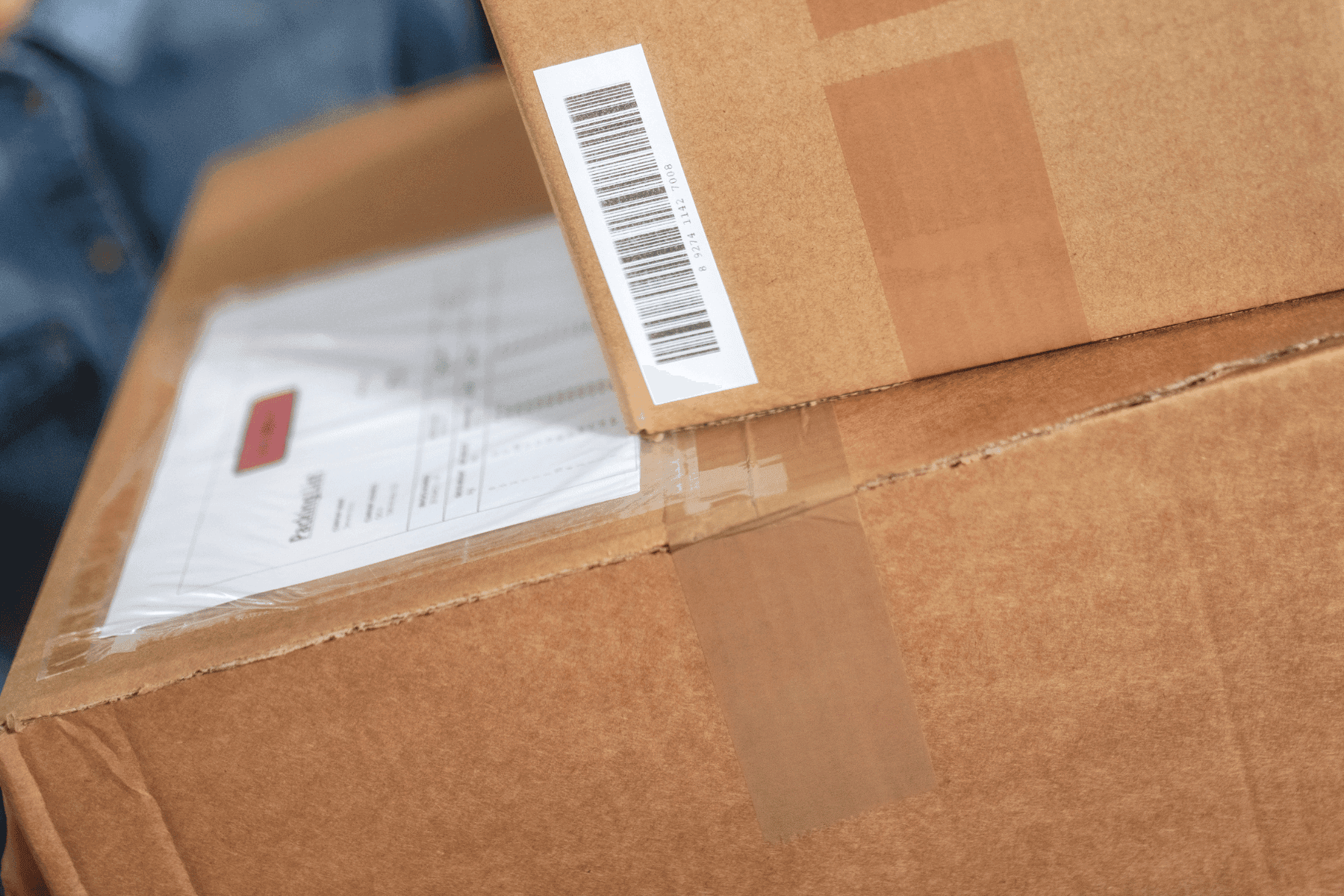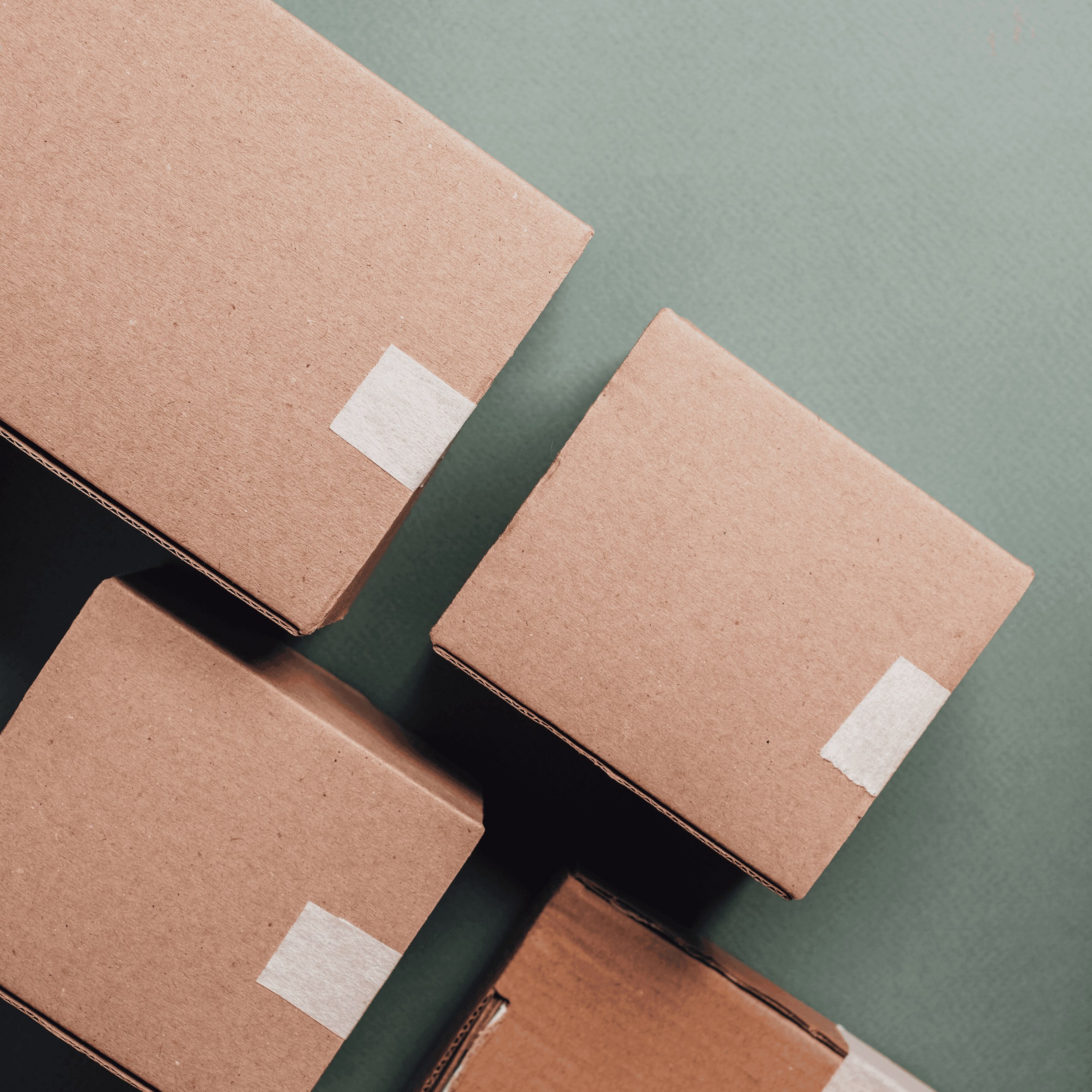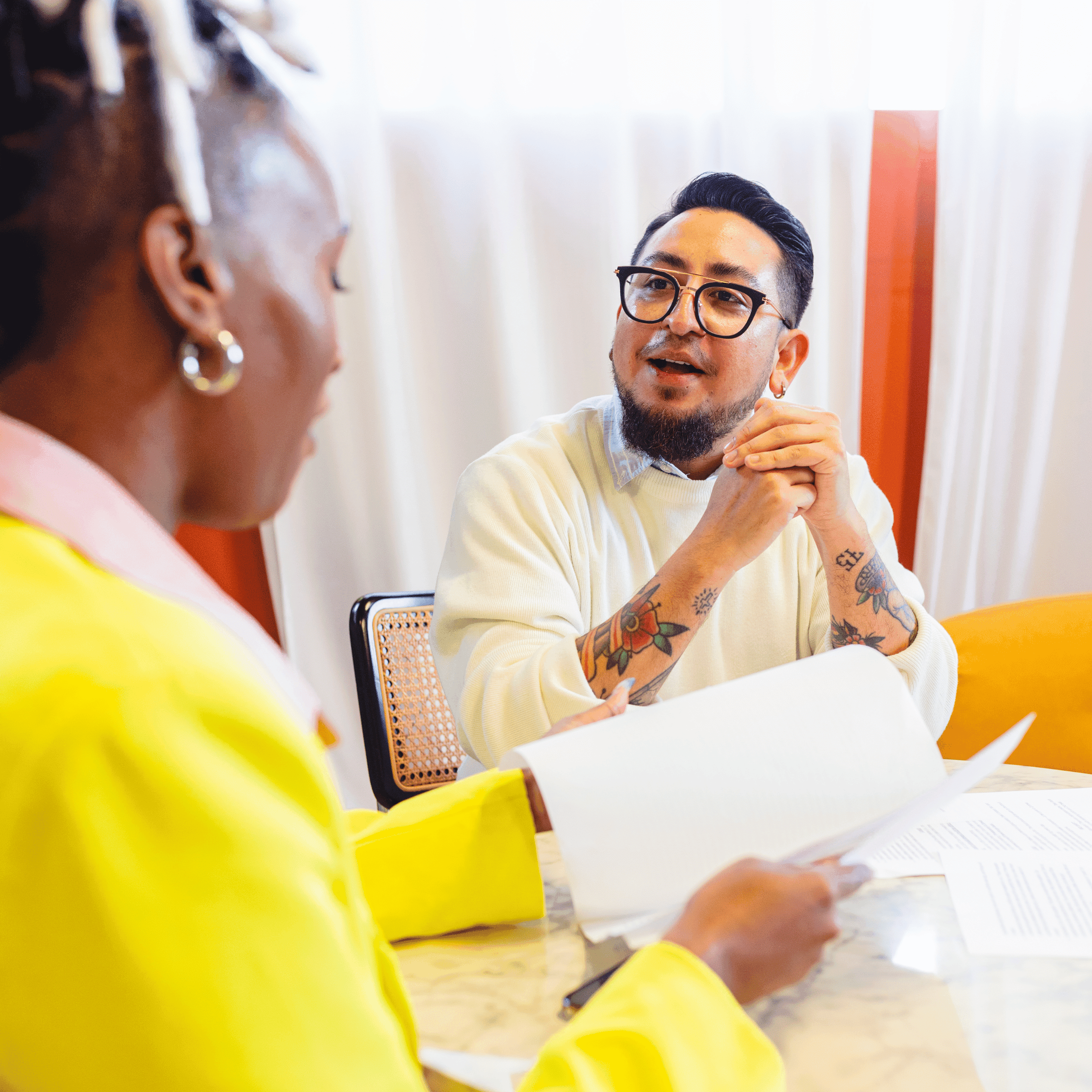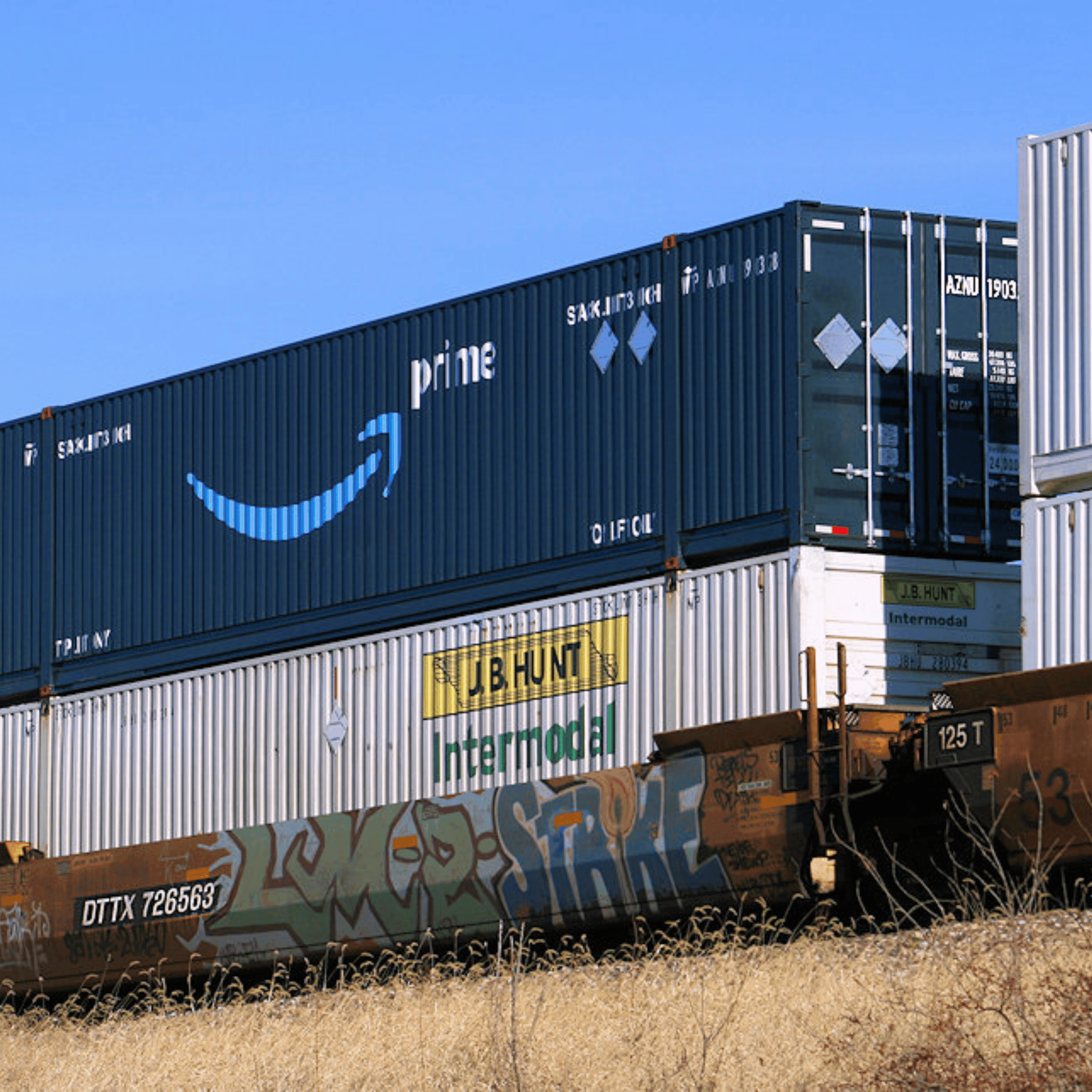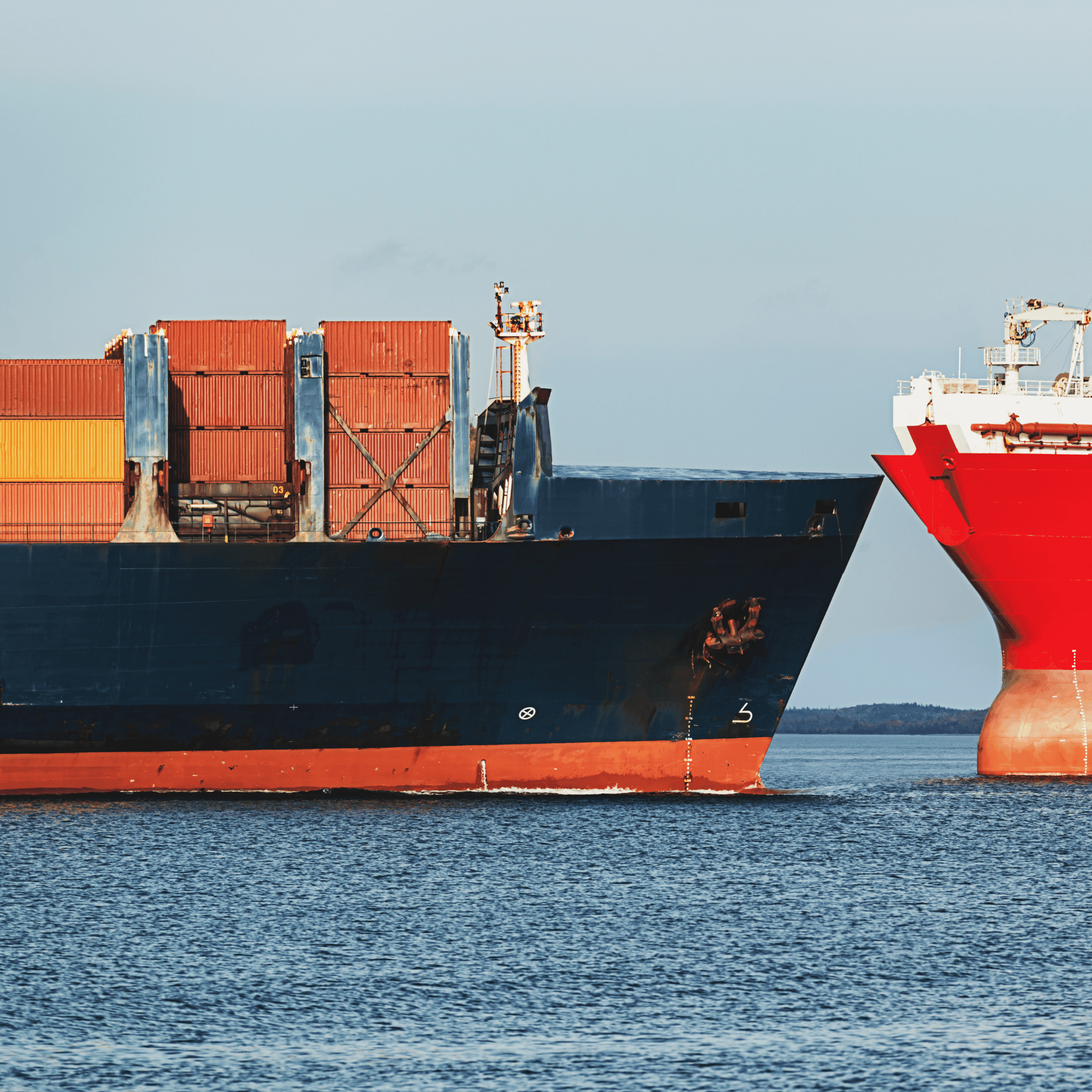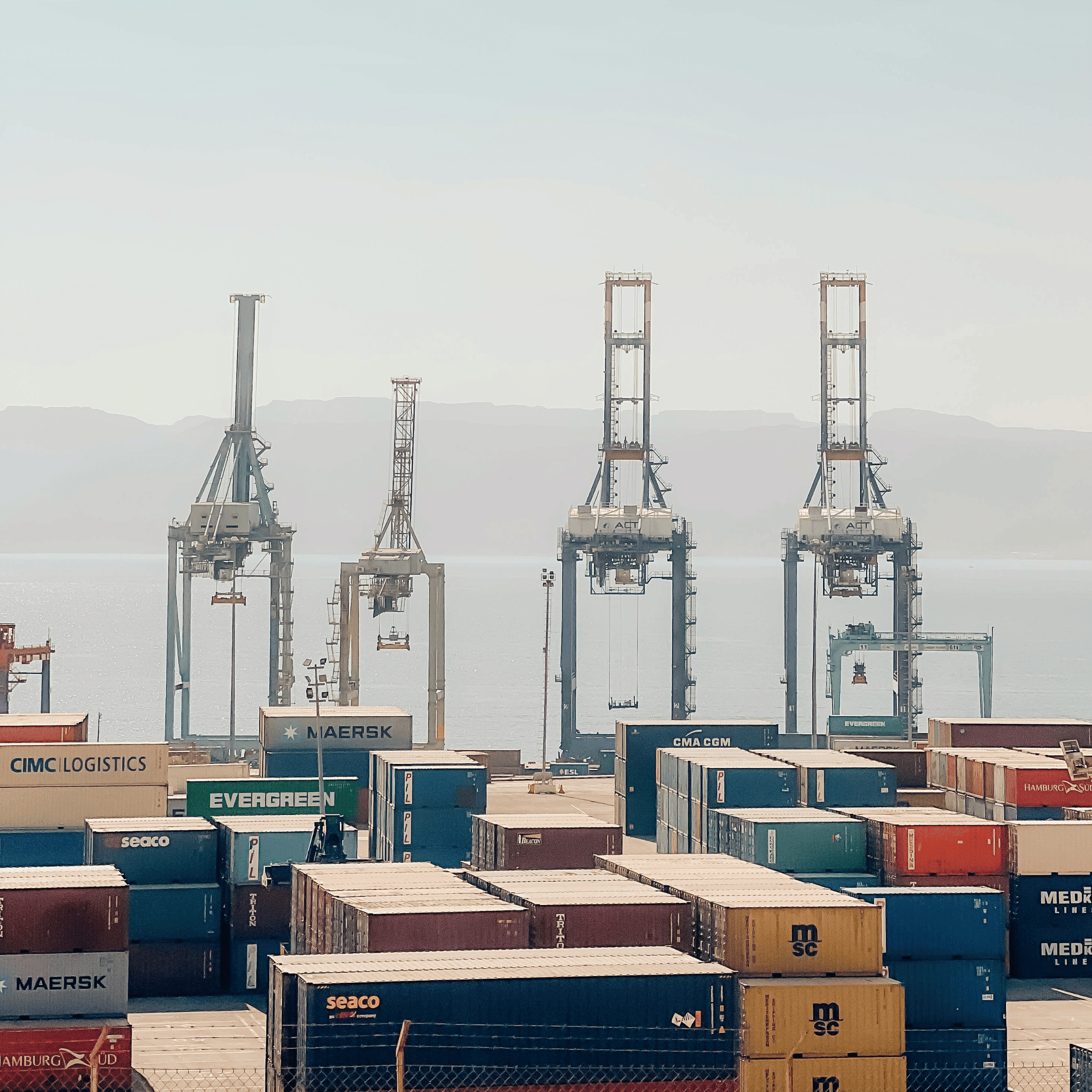The e-commerce boom has led to an explosion in demand for fast, efficient, and reliable delivery services. While the entire supply chain bears the responsibility of fulfilling this demand, the complexities of the last-mile – the final step that ensures a package reaches the consumer – have made it a hot topic. Third-party logistics providers, or 3PLs, sit at the forefront of this challenge. By blending technology, operations know-how, and strategic planning, they’re finding solutions to navigate the intricacies of last-mile delivery. This article delves into the strategies and tools they deploy.
Understanding the Challanges
Before diving into solutions, it’s essential to pinpoint the unique challenges of last-mile delivery:
Diverse Delivery Destinations: Urban skyscrapers, suburban homes, and rural areas each come with their unique challenges.
Consumer Expectations: Consumers demand fast and precise delivery time windows.
Environmental Considerations: Green deliveries and reducing the carbon footprint are becoming increasingly important.
Operational Costs: The last mile can account for up to 53% of total shipping costs, according to some estimates.
Leveraging Technology
With the rise of Industry 4.0, 3PLs have harnessed a suite of tech solutions:
Route Optimization Software: Uses algorithms and real-time traffic data to determine the most efficient route.
Advanced Tracking Systems: Allow consumers to monitor their package in real-time.
AI and Machine Learning: Predict delivery windows, optimize warehouse operations, and forecast demand.
Drones and Autonomous Vehicles: Some 3PLs are exploring these for specific use cases, especially in hard-to-reach areas.
Flexible Delivery Options
Offering a variety of delivery options ensures that consumers have a choice tailored to their needs:
Locker Deliveries: Amazon Lockers are a prime example where packages are delivered to a secure location for customers to pick up at their convenience.
Timed Deliveries: Allowing consumers to choose specific time windows.
Same-Day or Next-Day Deliveries: Offered as premium options for those who need it.
Building Strategic Partnerships
Collaborations can lead to shared resources and enhanced efficiency:
Local Partnerships: Tying up with local businesses for package drop-offs or using their locations as mini-warehouses.
Collaborating with Tech Companies: Ensures the integration of the latest software and tools.
Shared Delivery Networks: Pooling resources with other 3PLs during peak demand periods.
Focusing on Sustainable Solutions
Eco-friendly deliveries are not just a marketing point; they’re becoming a necessity:
Electric Vehicles (EVs): Many 3PLs are shifting to EVs to reduce emissions.
Packaging: Using sustainable, recyclable materials reduces waste.
Optimized Routes: Reducing drive times also means lower emissions.
Training and Skilling Drivers
A tech stack is only as effective as the person using it. Training drivers on customer service, tech tools, and safety standards ensures a positive end-user experience.
Feedback and Continuous Improvement
3PLs are employing feedback loops with both drivers and consumers. This feedback is invaluable for improving operations, addressing concerns, and refining strategies.
Conclusion
As the world of e-commerce continues to expand, the demand for effective and efficient last-mile delivery solutions will only grow. 3PL providers, through their innovative approaches and strategic initiatives, are not just keeping pace but setting the bar high for what consumers can expect in the future. By understanding the unique challenges of the last mile and employing a mix of technology, strategy, and human touch, they’re ensuring that the final leg of the journey is as smooth as the first.

